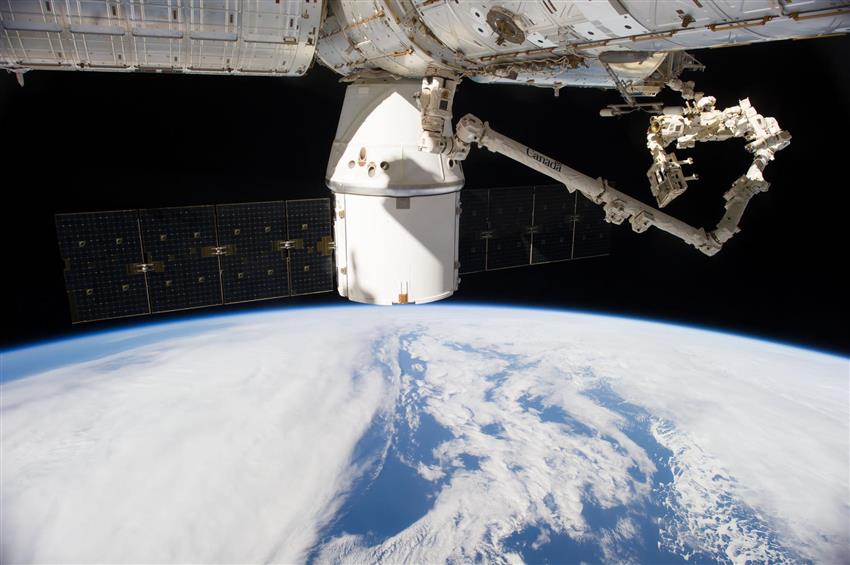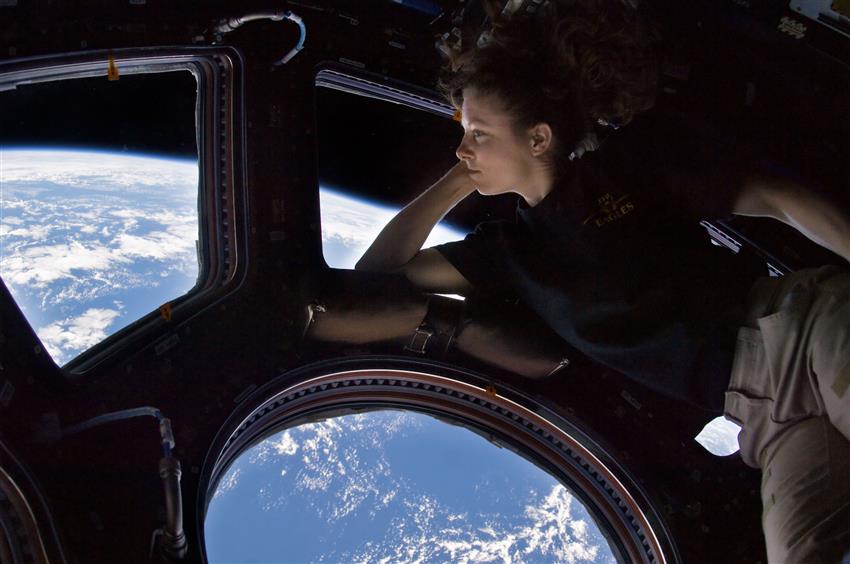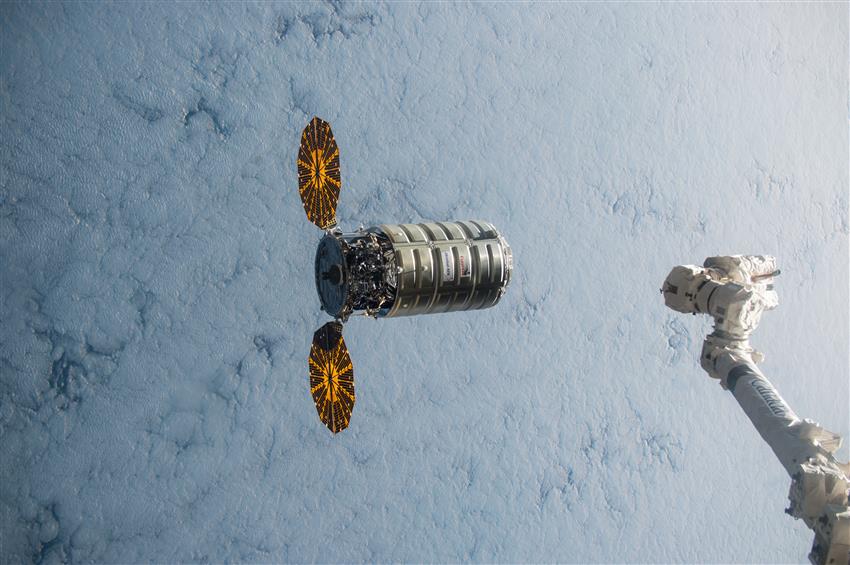CSA astronaut David Saint-Jacques reveals new ground-breaking science and technologies

The Canadian Space Agency (CSA) astronaut David Saint-Jacques poses with CSA President Sylvain Laporte, Space Advisory Board Chair Lucy Stojak, and scientists and engineers who developed the Canadian experiments and technology. (Credit: CSA)
On , CSA astronaut David Saint-Jacques, joined by CSA President Sylvain Laporte, announced two new Canadian health experiments to be conducted and a new biotechnological device to be used on the International Space Station (ISS).
- Bio-Analyzer: A new Canadian instrument that will perform near real-time analysis of blood, providing data on multiple biological markers and cell counts for research purposes. It has the potential to enhance patient testing on Earth with simple, point-of-care services at any location.
- Immuno Profile: This experiment will investigate and monitor astronauts' immune systems over long-duration missions on board the ISS. The results may help us understand how certain diseases evolve over time, such as the reactivation of latent viral infections and age-related decreases in immune defences.
- Vascular Aging: Building on previous work in space, this experiment will study the impact of weightlessness, nutrition, physical activity and radiation on the cardiovascular system and the onset of insulin resistance in orbit. This collaborative study will be the first of its kind and will provide insights that will maintain crew health and point to important lifestyle factors that can affect us on Earth.
Dr. Saint-Jacques also presented ongoing Canadian health experiments and biotechnological devices in use during his mission on the Station. These include Vascular Echo, MARROW, TBone, At Home in Space, and Wayfinding. The Bio-Monitor is scheduled to make its debut aboard the ISS in .




















